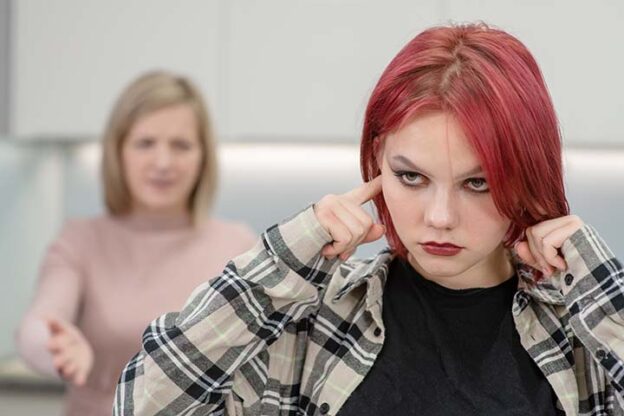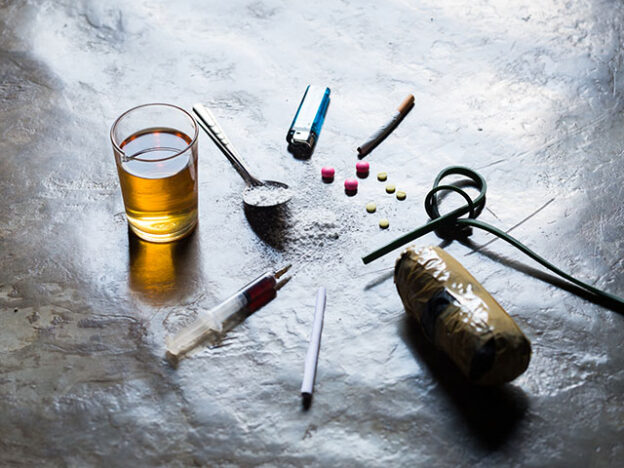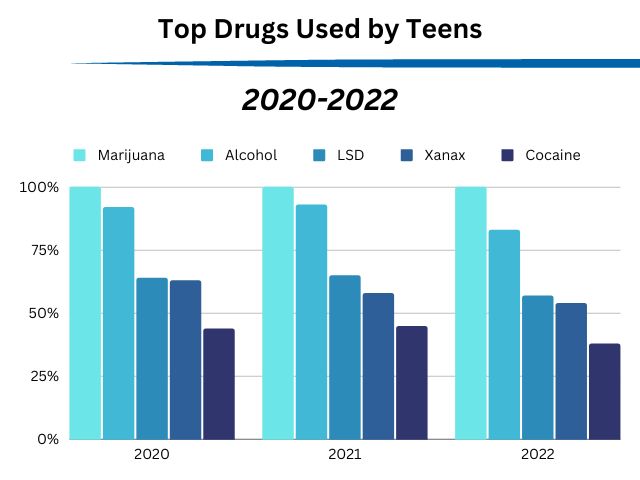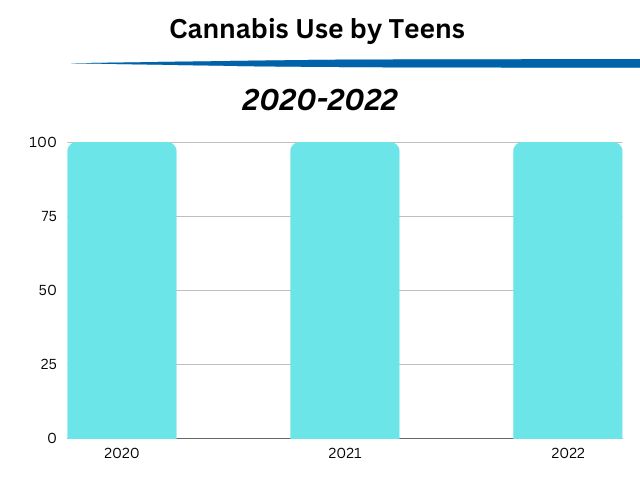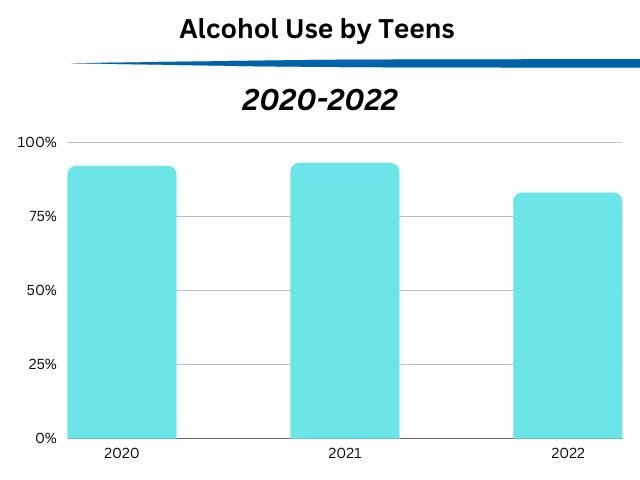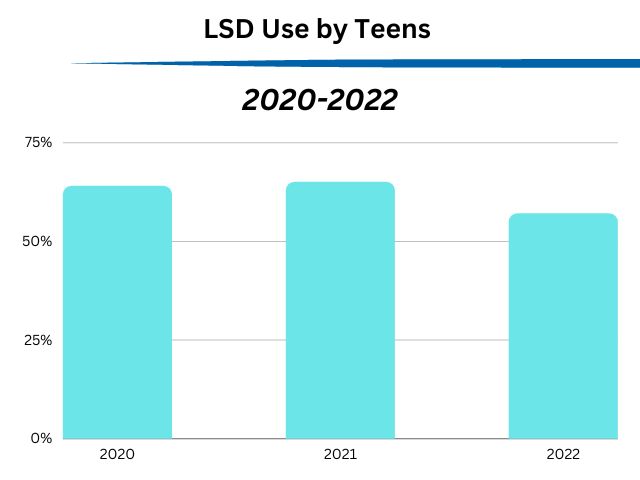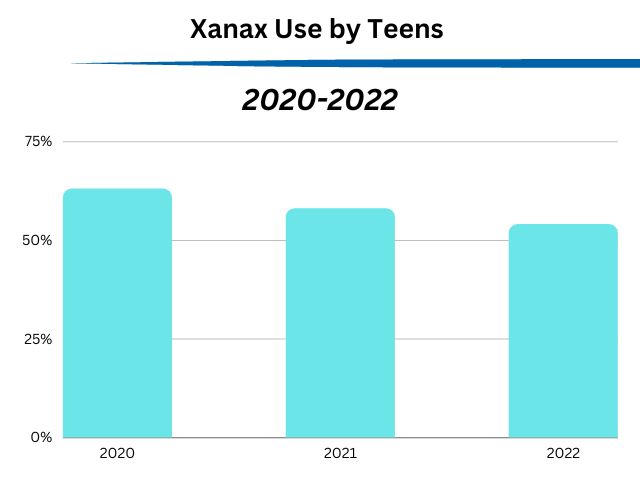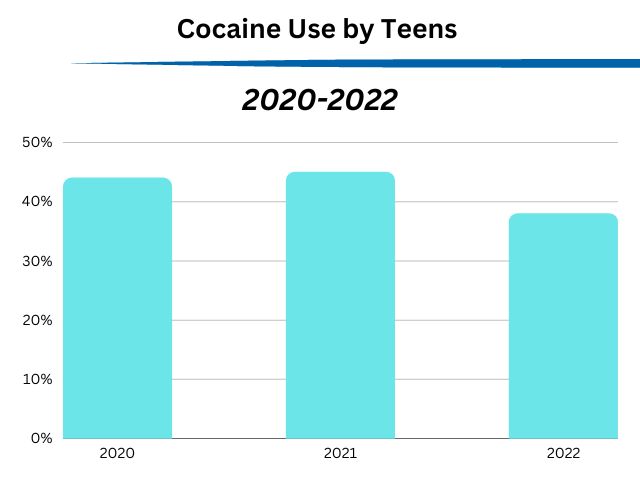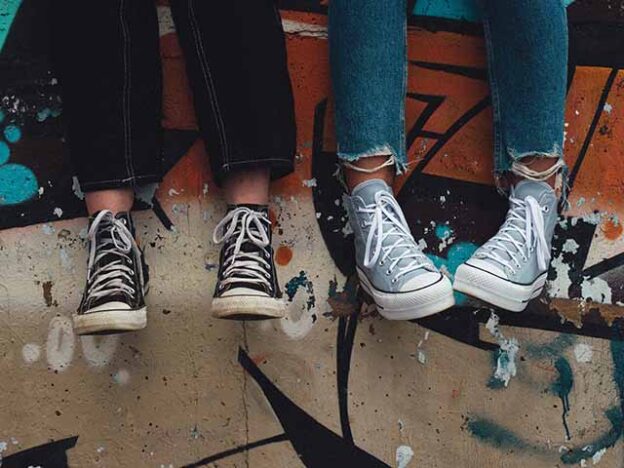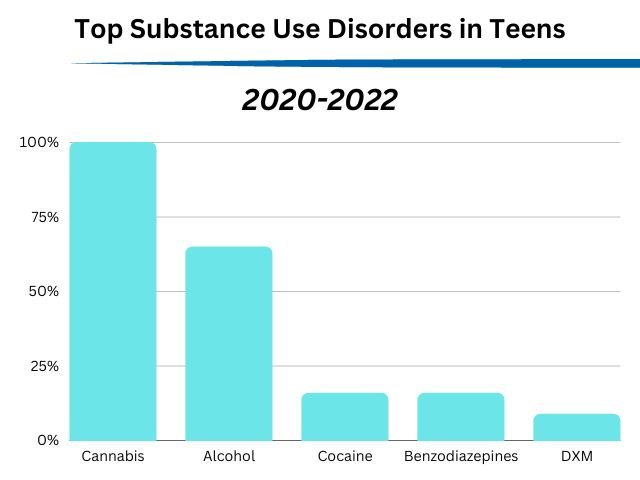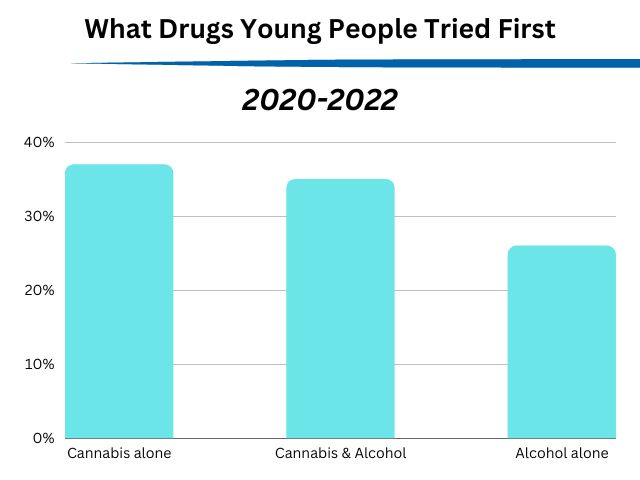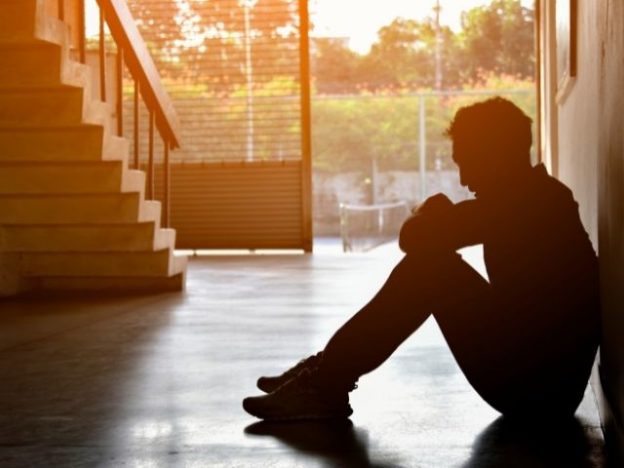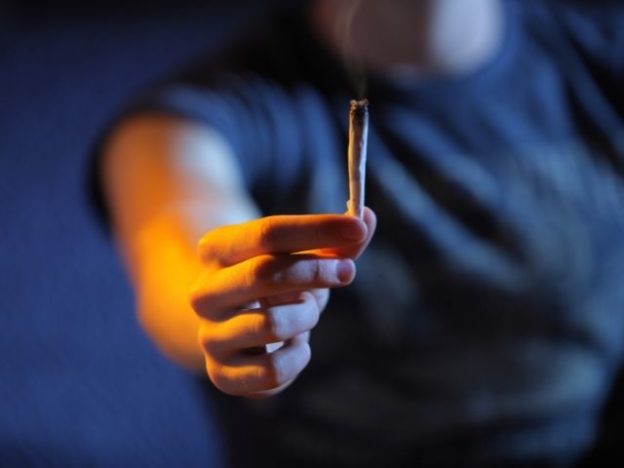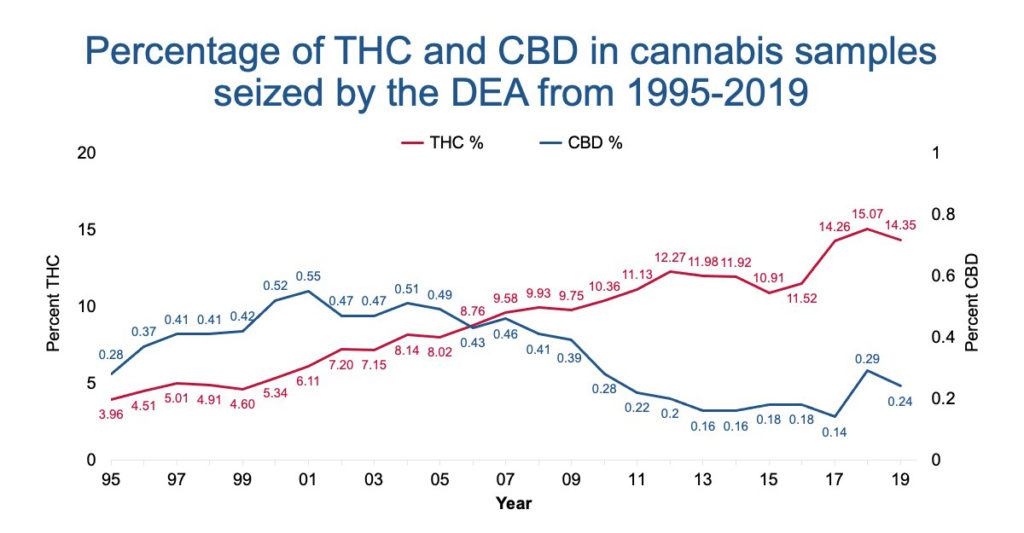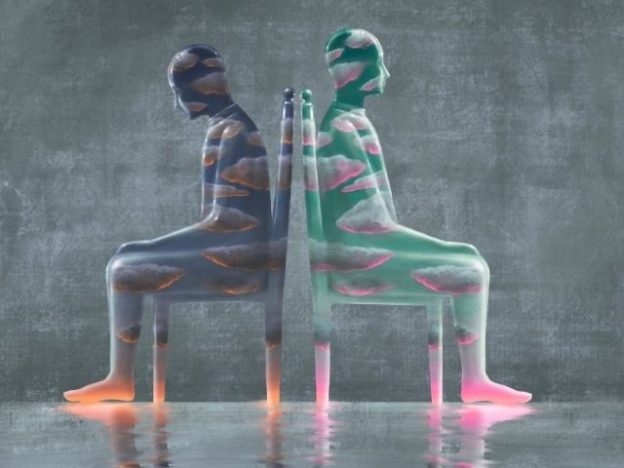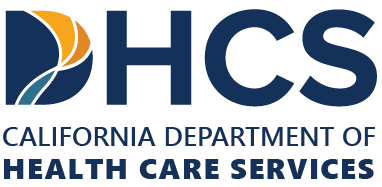Congratulations on reaching this significant milestone with your child who has just completed treatment for substance use. This moment is both a celebration and the beginning of a crucial phase in recovery. Here’s what you need to understand about long-term aftercare, the power of peer connections including Alternate Peer Groups (APGs), and setting realistic expectations.
The Role of Long-Term Aftercare Treatment
Recovery from substance use doesn’t end with treatment; it’s an ongoing journey. The National Institute on Drug Abuse (NIDA) emphasizes the importance of addiction aftercare treatment in preventing relapse. Studies, including those by Godley et al. (2007), show that continuing care significantly improves long-term outcomes.
For instance, one study found that adolescents who engaged in assertive continuing care after residential treatment were more likely to maintain sobriety compared to those without such support (Godley et al., 2002). Aftercare can take many forms, from aftercare therapy sessions, support groups, to structured programs like APGs that help integrate your child back into daily life with new coping skills.
The Power of Peer Connections
Peer support is not just beneficial; it’s essential. The Substance Abuse and Mental Health Services Administration (SAMHSA) highlights how peers can provide a unique form of support that professionals might not. Engaging with peers who are also in recovery can offer your child:
- Shared Experience: Understanding they are not alone in their struggles.
- Accountability: Peers can help keep each other on track, offering a network where accountability is shared.
- Hope: Seeing others in recovery can inspire hope for their own journey.
A study by Kelly and Myers (2007) showed that adolescents who participated in peer-led recovery support groups like Alcoholics Anonymous and Narcotics Anonymous experienced lower rates of substance use post-treatment. This underscores how these connections can act as a buffer against relapse by providing emotional and social support.
Alternate Peer Groups (APGs)
APGs are a specific type of peer support for adolescents where the focus is on engaging in sober, fun activities with peers who are also in recovery. These groups provide:
- A Recovery-Oriented Environment: Where substance-free social life is modeled and reinforced.
- Developmental Appropriateness: Tailored to the unique needs of adolescents in recovery, helping them navigate peer pressure and social situations without substances.
Research by Nash, Hennessy, Collier, and others (2019) found that adolescents in APGs reported increased recovery capital, which includes personal, social, and community resources that support sobriety.
Setting Realistic Expectations
Recovery is not linear. It’s vital to set realistic expectations for both your child and yourself. According to SAMHSA, recovery involves multiple pathways, and setbacks can be part of the process. Here’s what to keep in mind:
- Progress, Not Perfection: Celebrate small victories. Every step towards sobriety is a success.
- Patience: Recovery can take time. A study highlighted by Dennis and Scott (2007) indicates that long-term engagement in recovery activities is linked to better outcomes.
- Flexibility: Be prepared to adapt plans or support methods as your child’s needs or recovery phase changes.
Remember, recovery is a journey where aftercare, peer connections including APGs, and realistic expectations form the backbone of long-term success. Your involvement can make a profound difference. Together, with the right support and understanding, you can help your child build a fulfilling, substance-free life.
References
- Dennis, M. L., & Scott, C. K. (2007). Managing addiction as a chronic condition. Addiction Science & Clinical Practice, 4(1), 45-55.
- Godley, M. D., Godley, S. H., Dennis, M. L., Funk, R. R., & Passetti, L. L. (2002). Preliminary outcomes from the assertive continuing care experiment for adolescents discharged from residential treatment. Journal of Substance Abuse Treatment, 23(1), 21-32.
- Godley, M. D., Godley, S. H., Dennis, M. L., Funk, R. R., & Passetti, L. L. (2007). The effect of assertive continuing care on continuing care linkage, adherence and abstinence following residential treatment for adolescents with substance use disorders. Addiction, 102(1), 81-93.
- Kelly, J. F., & Myers, M. G. (2007). Adolescents’ participation in Alcoholics Anonymous and Narcotics Anonymous: Review, implications, and future directions. Journal of Psychoactive Drugs, 39(3), 259-269.
- Nash, A. J., Hennessy, E. A., Collier, C., et al. (2019). Exploring recovery capital among adolescents in an alternative peer group. Drug and Alcohol Dependence, 199, 136-143.






